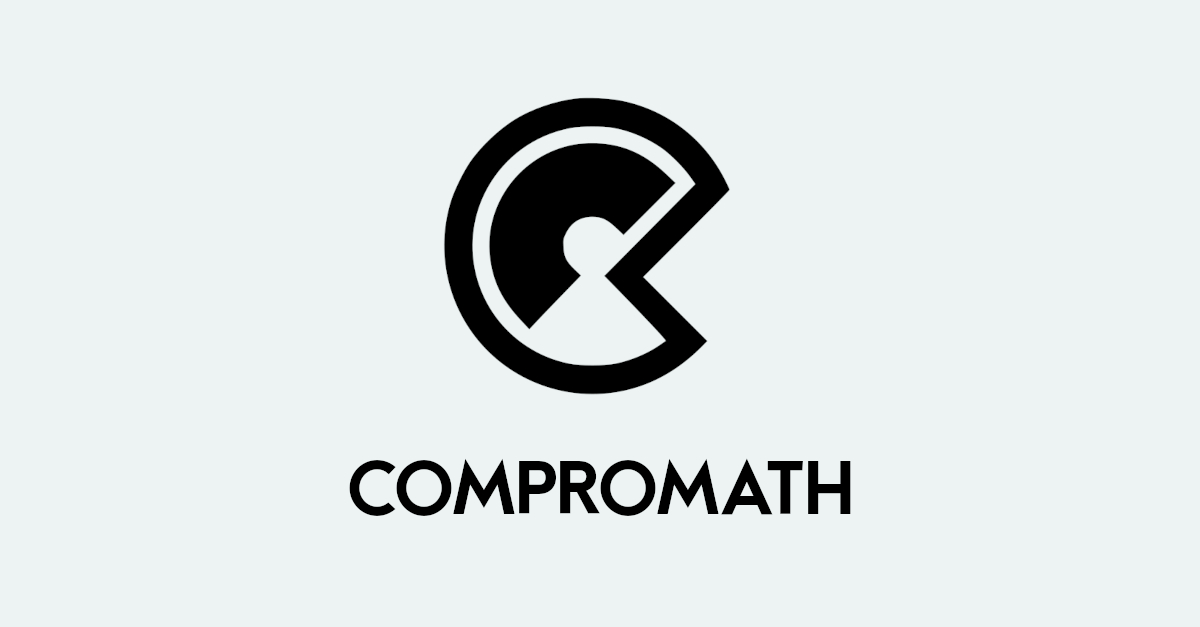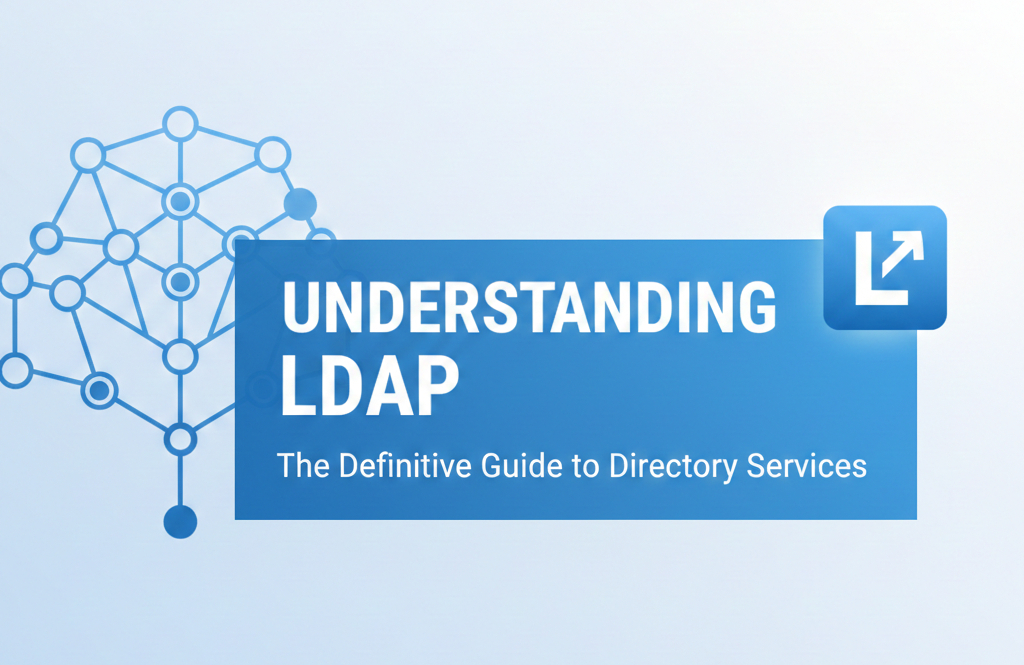Differences Between Structures and Unions with Example
In programming languages like C and C++, structures and unions are used to define composite data types, allowing you to group different types of variables together under a single name. Although they serve a similar purpose, structures and unions have key differences in memory allocation and usage.
Structures
Definition:
A structure is a composite data type that groups variables of different types under a single name. Each member of a structure has its own memory location, and the total size of the structure is the sum of the sizes of its individual members. Structure members are accessed using the dot (.) operator.
Example:
#include <stdio.h>
// Define a structure named Point
struct Point {
int x;
int y;
};
int main() {
// Declare a variable of type Point
struct Point p1;
// Assign values to the members of the structure
p1.x = 10;
p1.y = 20;
// Access and print the values
printf("Coordinates: (%d, %d)\n", p1.x, p1.y);
return 0;
}
In this example, struct Point defines a structure with two members, x and y. Each member has its own memory allocation, and the values can be accessed individually.
Unions
Definition:
A union is a composite data type where all members share the same memory location. The size of a union is determined by its largest member, and only one member can be accessed at a time. Unions are useful when a variable can represent different types of values at different times.
Example:
#include <stdio.h>
// Define a union named Number
union Number {
int intValue;
float floatValue;
};
int main() {
// Declare a variable of type Number
union Number num;
// Assign a value to the integer member
num.intValue = 42;
// Access and print the value as an integer
printf("Integer value: %d\n", num.intValue);
// Assign a value to the float member
num.floatValue = 3.14;
// Access and print the value as a float
printf("Float value: %f\n", num.floatValue);
return 0;
}
In this example, union Number has two members, intValue and floatValue, that share the same memory location. Changing the value of one member affects the other, demonstrating the shared memory characteristic of unions.
Key Differences Between Structures and Unions
- Memory Allocation:
In a structure, each member has its own memory, and the total size is the sum of all members’ sizes. In a union, all members share the same memory location, and the size is determined by the largest member. - Accessing Members:
Structure members can be accessed independently, while in a union, only one member can be accessed at a time, as they share the same memory. - Use Cases:
Structures are used when you need to store multiple data fields with different types together, whereas unions are used when you need a variable to hold different types at different times, optimizing memory usage.
Summary
- Structures: Allow grouping of variables with different types, each with its own memory location, suitable for storing multiple related fields.
- Unions: Allow different types to share the same memory location, useful when a variable can represent different types at different times, optimizing memory usage.
Understanding these differences helps in choosing the appropriate composite data type based on the requirements of your program.
# Written by Elliyas Ahmed






